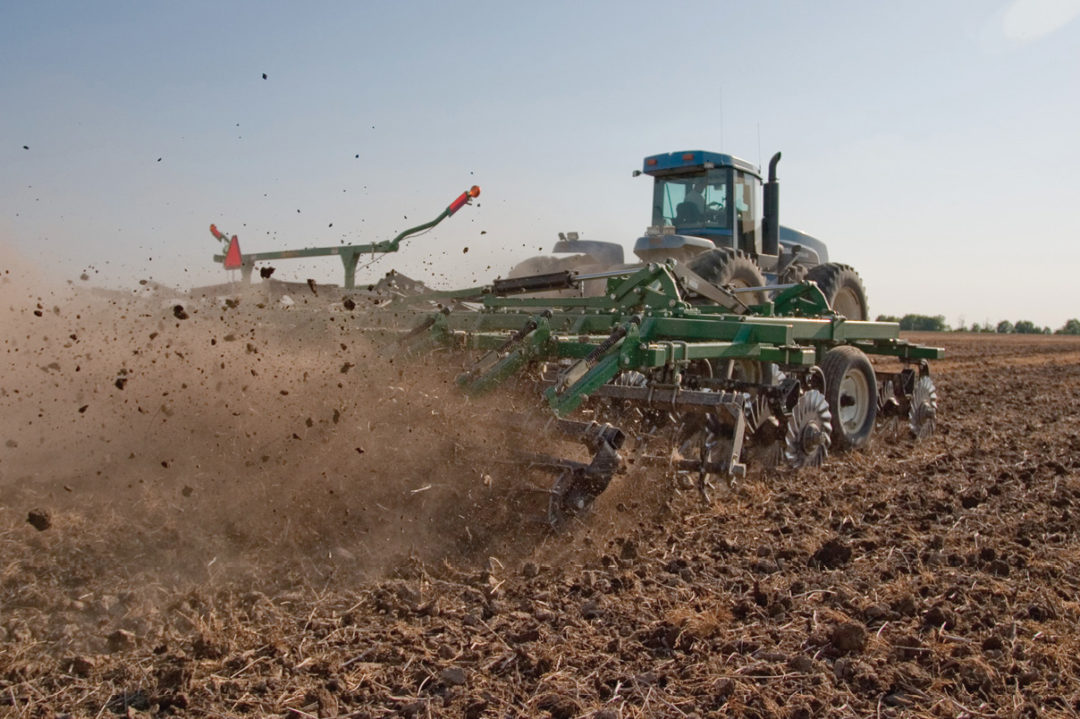No-Till Farmer
Get full access NOW to the most comprehensive, powerful and easy-to-use online resource for no-tillage practices. Just one good idea will pay for your subscription hundreds of times over.

Judging from the number of articles and discussions threads on the Web about vertical tillage, it’s clear that no-tillers still have lots of questions about what the practice is.
Manufacturers are rolling out new vertical-tillage machines at a rapid pace, as evidenced at recent farm shows, but many no-tillers find it difficult to sort out the impact on their no-till soils and the potential payback for their operation.
Most agronomists seem to agree that vertical tillage is a broad category, including shallow-working, residue-management tools and aeration-style implements.
Many say agronomist Ken Ferrie pioneered the term vertical tillage in 1990s as a description of implements, such as a chisel plow or subsoiler, that don’t leave a continuous, horizontal smeared layer like a moldboard plow or a field cultivator.
As equipment design has progressed, manufacturers have introduced adjustable, shallow-running implements that slice the soil vertically and cut and manage residue.
And as the competition has heated up, some equipment makers insist their vertical-tillage system is closer to the spirit of the practice than the competition’s tools.
Adding to the confusion are rules established by the NRCS for its funding programs. The agency tends to classify vertical tillage as “full-width tillage,” regardless of the working depth or how much residue remains on the soil surface. And state agencies may have their own rules about what vertical-tillage tools are allowed.
No-Till Farmer spoke with some experts and polled more than a dozen manufacturers to find out how they define vertical tillage, and asked them…